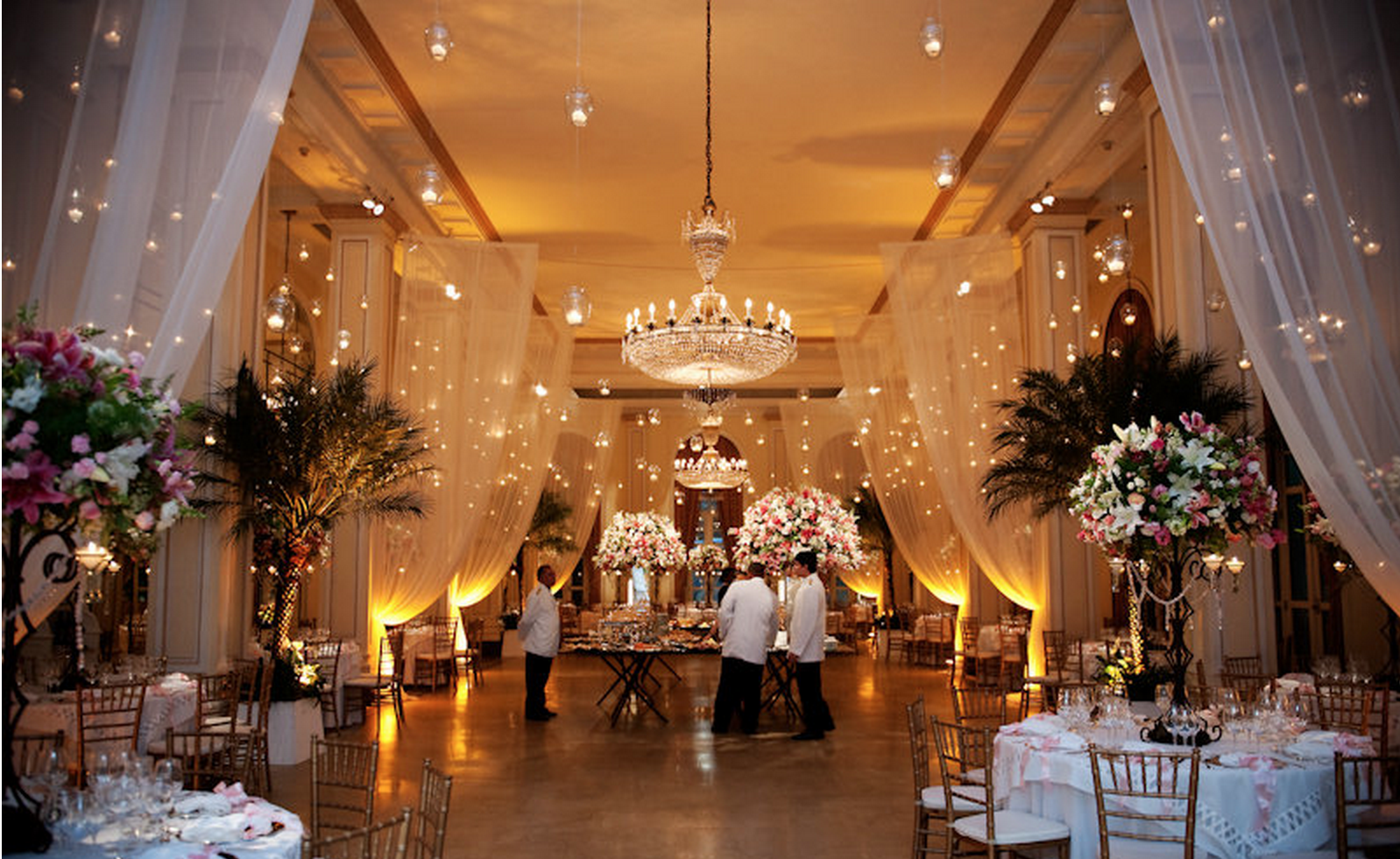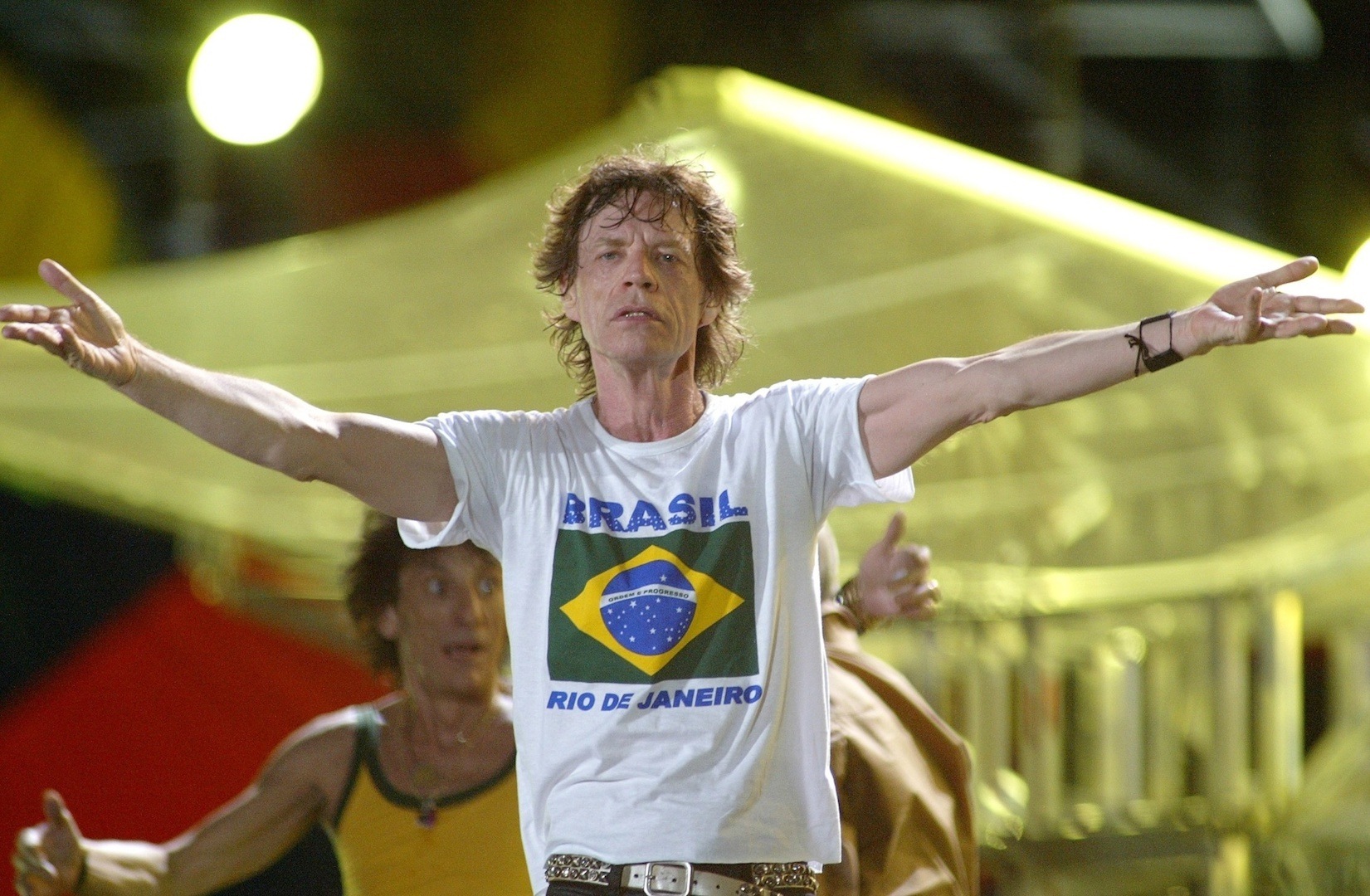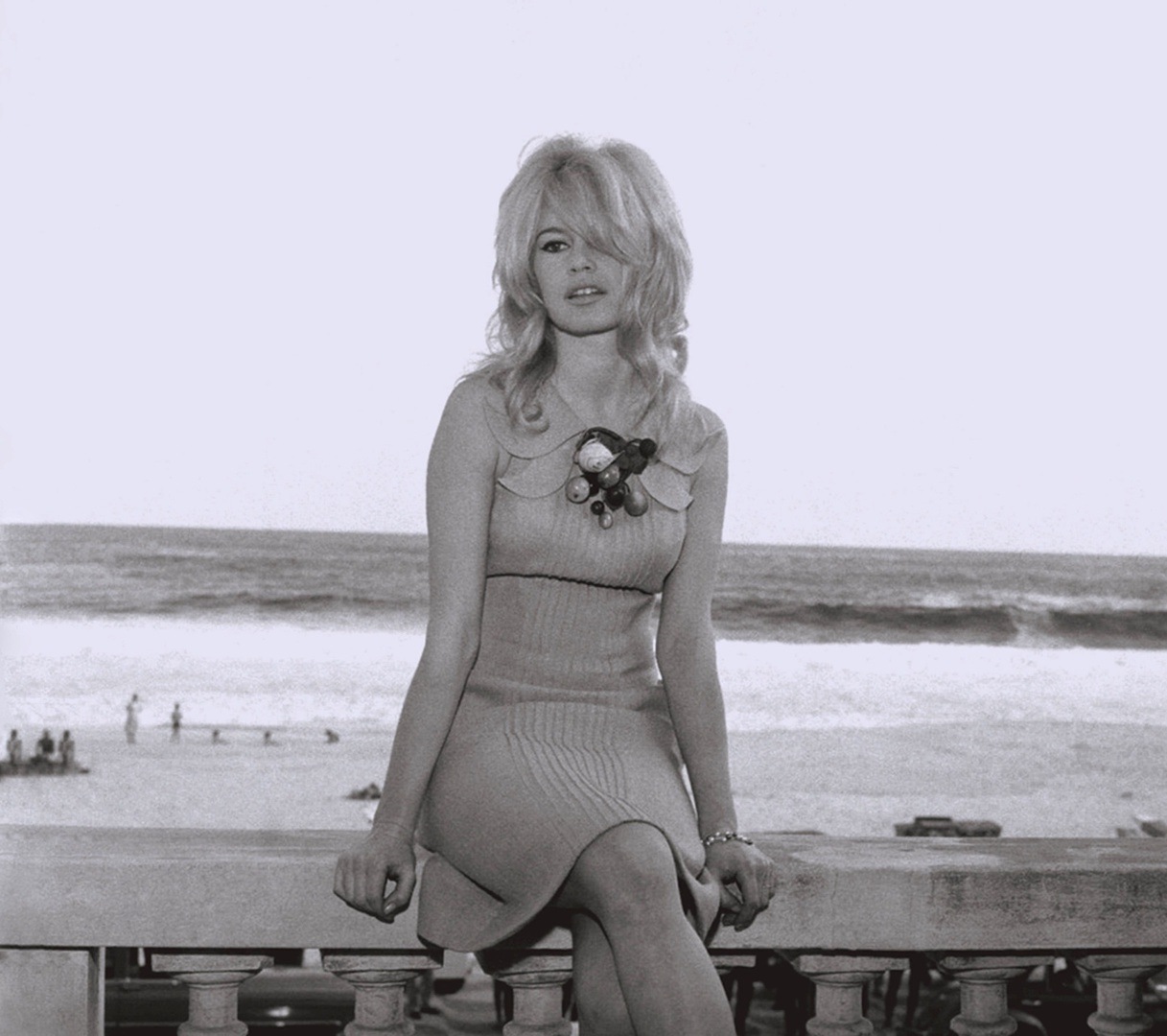SÃO PAULO, BRAZIL – The most iconic hotel in Brazil, the Copacabana Palace, closed its doors temporarily on Friday (April 10th), for the first time since its opening, due to the pandemic produced by the Covid-19. The hotel, inaugurated in 1923 and whose rooms have lodged rock stars and world leaders, is only scheduled to resume its activities at the end of May.

“Belmond Copacabana Palace prioritizes the health, well-being and safety of its guests and employees. Due to the pandemic and to contain the spread of the new coronavirus, we notify the temporary closure of our activities as of April 10. The tourism industry is being the most affected in the world and we hope to be able to reopen our doors soon,” said the management in a press release.
According to hotel executives, the steep decline of guests during March led to the decision.
“Our occupancy forecast for March was 70 percent, and we closed the month with 36 percent […] We even started well, but from the middle of the month, when global tourism started to be more affected, with many flight cancellations, the fall was steep. This was precisely a year that started out promising. We had an unforgettable carnival, our ball was perhaps the best of recent times. It felt like we were living in a golden age,” said Andrea Natal, general director of the Belmond Brasil, group which manages the Copacabana Palace.
Copacabana was still an unknown and almost deserted beach in the early 1920s, when then-President Epitácio Pessoa felt that the capital city needed a luxury hotel to lodge the international guests coming for the celebration of the country’s 100 years of independence in 1922.
The construction started in 1917, but unfortunately the Palace was not ready for the 1922 celebrations, due to the delay of imported materials, such as the marble which lines the walls, columns and floors of the hotel as well as the crystals that make up its many chandeliers.
Its architects looked towards hotels in Nice and Cannes, in the French Riviera, for inspiration. The result was a ‘palace’ that used German cement, Italian marble, Czech glass and French furniture.
The first illustrious guest to walk through the imposing doors of the Copa, as it is known, was Albert Einstein, in 1925. After him, hundreds of other artists, writers, scientists, and dignitaries passed through the hotel. Through the years, actors such as Gene Kelly, Fred Astaire, John Wayne, Clark Gable, Katherine Hepburn, and Marlene Dietrich slept in one of the 293 rooms of the Copa.
Thousands of fans spent hours waiting in front of the hotel for a glimpse of bombshells like Brigitte Bardot, Kim Novak, Jane Mansfield and Marilyn Monroe.
Dignitaries such as Nelson Mandela and Princess Diana as well as singers such as Sting and Chuck Berry also slept there. Madonna, and Paul McCarthy spent several nights there while on concert tours in Rio.

A special suspended walkway was set up in 2006 for Mick Jagger and The Rolling Stones to go from the hotel to the stage, set up on the sands of Copacabana, for a historic free concert which brought more than 1.5 million people to the beach.
In 1930, the Copa was the stage for the first Miss Universe contest. That same year the hotel inaugurated its Golden Room, Latin America’s first concert hall, where names like Dionne Warwick, Josephine Baker, Ella Fitzgerald, Ray Charles and Nat King Cole performed.
But the Copa witnessed more than famous guests and performances.
In its halls, in 1928, Brazil’s President, Washington Luís, was shot by a lover, but survived.
In 1942, American writer and actor, Orson Welles, lived at the Copa for eight months and, in a fit of rage over the breakup with his girlfriend Dolores Del Rio, threw his bedroom furniture into the pool.
Walt Disney was at the hotel when he first sketched his famous South American character ‘Zé Carioca’, a green parrot with a top hat and samba rhythm in his veins.
According to a popular tale, in 1954 the view of the sea from the Copa prevented Brazil’s Carmen Miranda from committing suicide.

And not all guests were welcomed until the end of their reservations. In 1970, Janis Joplin was expelled from the Copacabana Palace for swimming naked. In 1977, it was British singer Rod Stewart and his musicians who were asked to leave after having played a football match in the presidential suite and breaking furniture and picture frames.
The Copa now has lost some of its charm. The two-meter-high railings encircling the building makes it hard for those walking along the beach to see the entrance of the hotel.
The last customers left their rooms on Monday, April 6th, and along with general manager Andrea Natal, the only other hotel resident to remain at the traditional hotel during this time will be Brazilian singer Jorge Ben Jor, who has lived there for the past two years.
According to the Brazil Hotel Industry Association (ABIH), the Copacabana Palace joins more than sixty hotels in Rio that have closed in the past few weeks due to the Covid-19 crisis; many of them are unlikely to re-open. As for the Copa, fans, employees and clients alike hope that this will be just a temporary closure, with the hotel reopening for another 97 years of memories.

